0481 084 279
elitelookbyelena@gmail.com
0481 084 279
elitelookbyelena@gmail.com
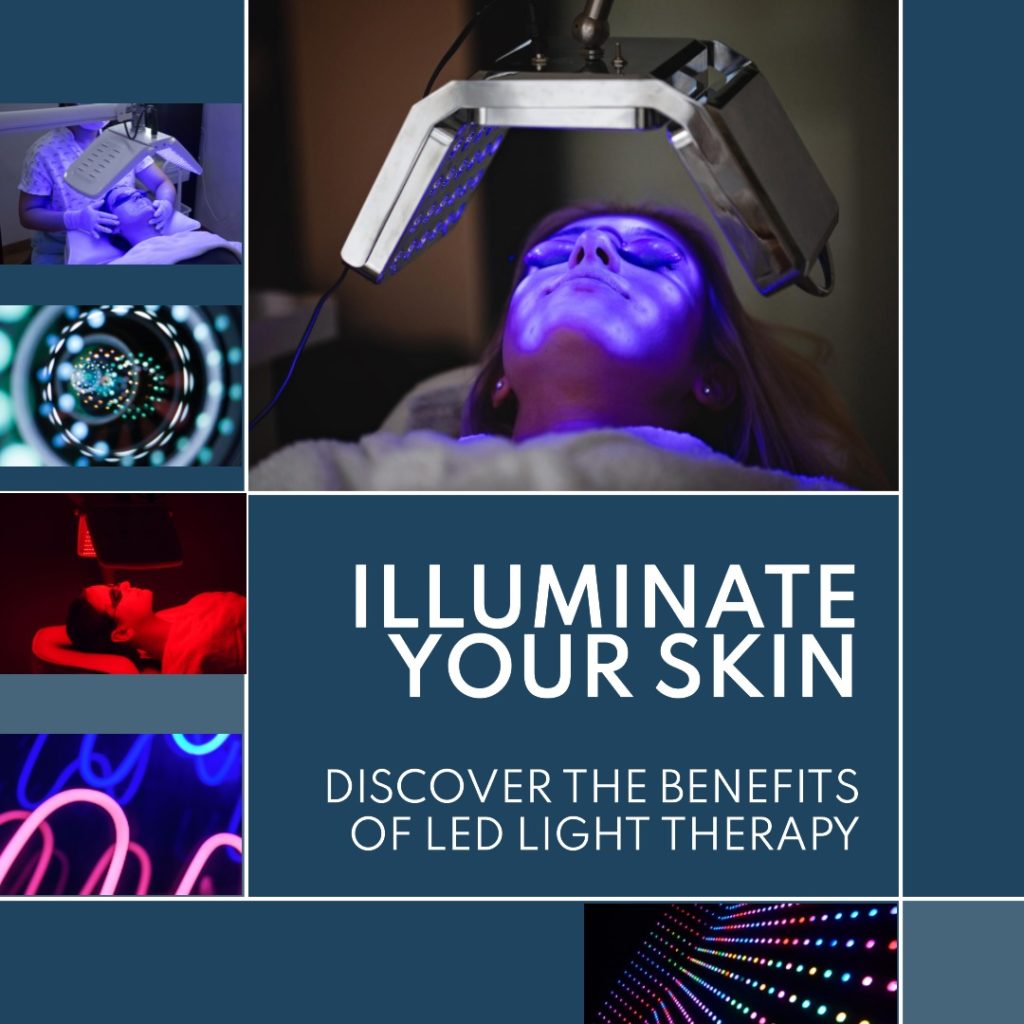
Perth residents searching for an effective, non-invasive treatment for various health conditions should learn more about led light therapy. Also referred to as photobiomodulation (PBM) or low-level laser therapy (LLLT), led light therapy utilises non-thermal lights or lasers to stimulate healing, reduce inflammation, and relieve pain.
Led light therapy works by exposing the body to specific wavelengths of visible red and near-infrared light. These wavelengths interact with the mitochondria in your cells to:
Clinical studies show led light therapy can effectively treat various conditions, especially those involving inflammation, chronic pain, or slow healing.
Some of the most common conditions treated with led light therapy include:
Led light therapy is drug-free, non-invasive, and safe for most people when administered properly. It’s an excellent alternative to medications or other intensive treatments.
To Book Your Appointment Click the button “Book Appointment” to be taken to our online booking portal
Perth residents searching for an effective, non-invasive treatment option for various health conditions should consider the proven benefits of LED light therapy. Also referred to as low level laser therapy (LLLT), photobiomodulation, or biostimulation, LED light therapy harnesses the power of visible red and near-infrared light to stimulate cellular healing and provide therapeutic effects.
Unlike lasers used for cutting, LED light therapy utilizes much lower energy densities that do not generate heat in body tissues. Instead, the light interacts with cytochrome c oxidase in cell mitochondria to initiate signaling cascades that:
This makes LED light therapy an excellent treatment option for painful or inflammatory conditions and those involving poor circulation or slow healing.
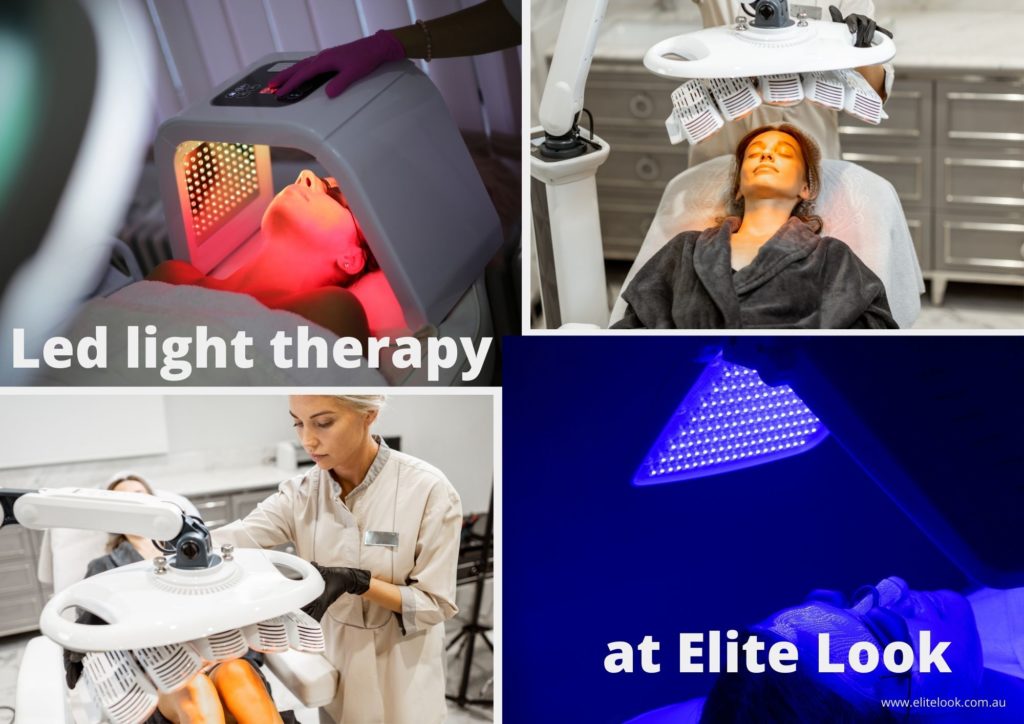
To understand how LED light therapy works on a cellular level, it helps to visualize the structure of a basic cell:
The mitochondria act as the “powerhouses” of the cell, converting nutrients into the energy-carrying molecule adenosine triphosphate (ATP). This powers all essential cellular activities. Cytochrome c oxidase is a protein found on the mitochondria of each cell throughout the body. When exposed to wavelengths of light between 600-900nm, cytochrome c oxidase activity increases, facilitating:
In other words, LED light “supercharges” your body’s cells, fueling faster healing and regeneration.
The light energy also stimulates localized blood vessel dilation and activates stem cells. This facilitates delivery of vital nutrients and oxygen to treated areas while carrying away waste products. Cumulatively, this cascade of biological effects explains why LED phototherapy can improve numerous inflammatory, degenerative, and traumatic health conditions:
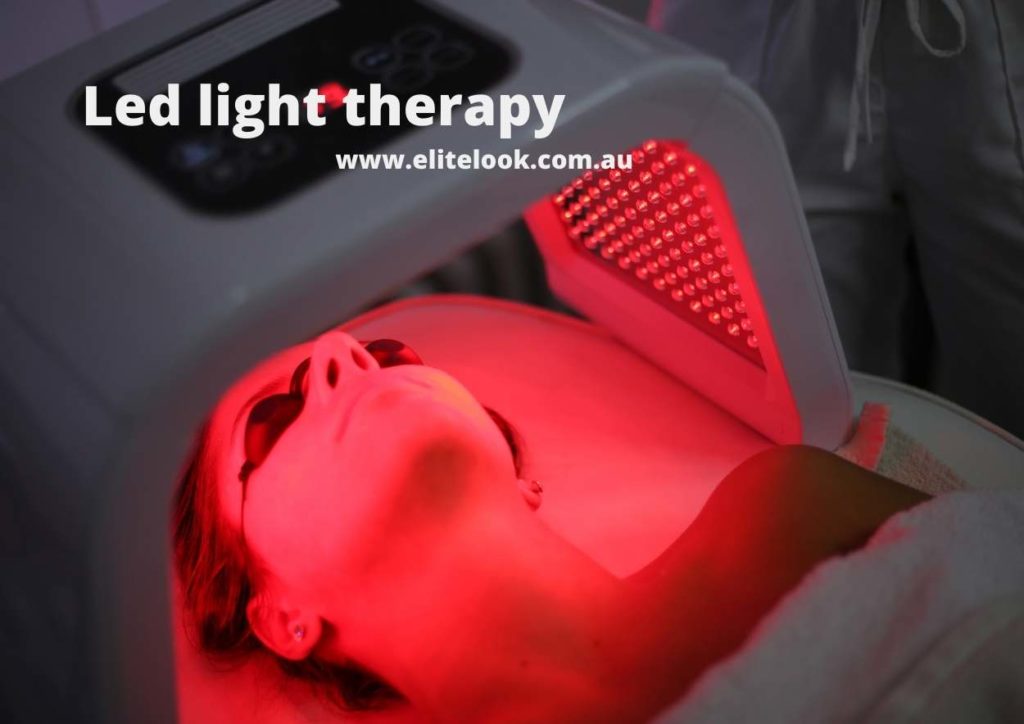
Research shows LED light therapy can effectively treat a wide array of conditions, but is particularly beneficial for:
The wavelengths of light utilized penetrate superficial layers of tissue to decrease pro-inflammatory cytokines, prostaglandins, TNF-alpha, and other mediators of inflammation. This alleviates swelling, stiffness, and pain in conditions like:
Increased ATP powers tissue repair and accelerated healing. LED light therapy improves healing outcomes for:
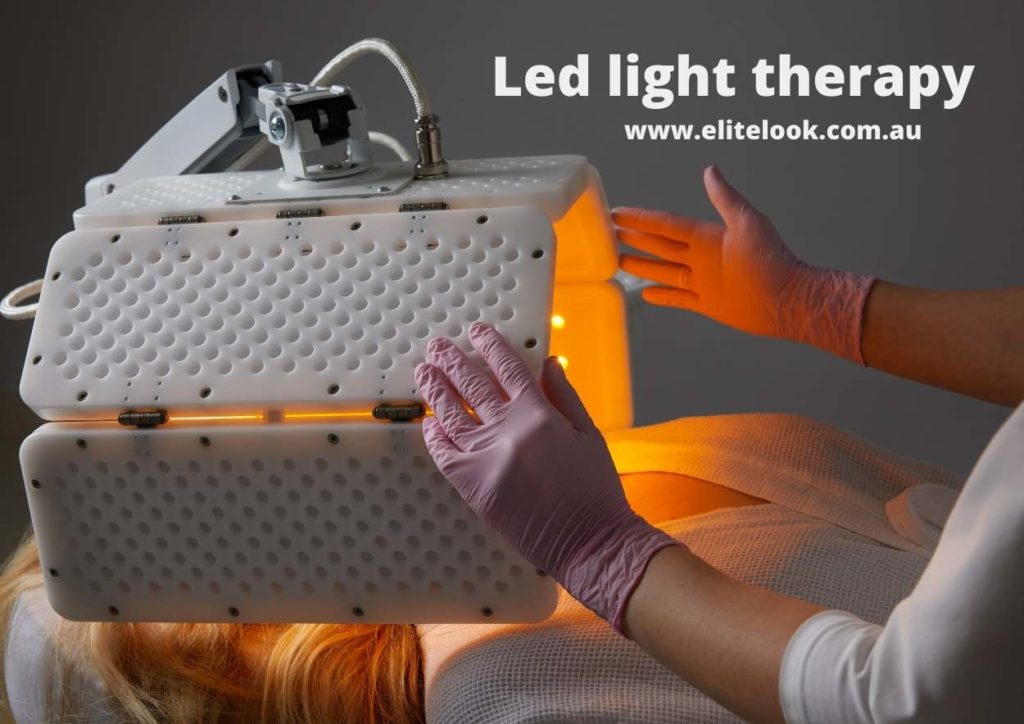
LED light therapy targets hair follicles to stimulate growth cycles, preventing hair loss and encouraging regrowth for conditions like:
Research also demonstrates positive outcomes using LED light therapy for:
Because it works at the cellular level, almost any condition related to inflammation, healing, or circulation insufficiencies can benefit from LED light therapy.
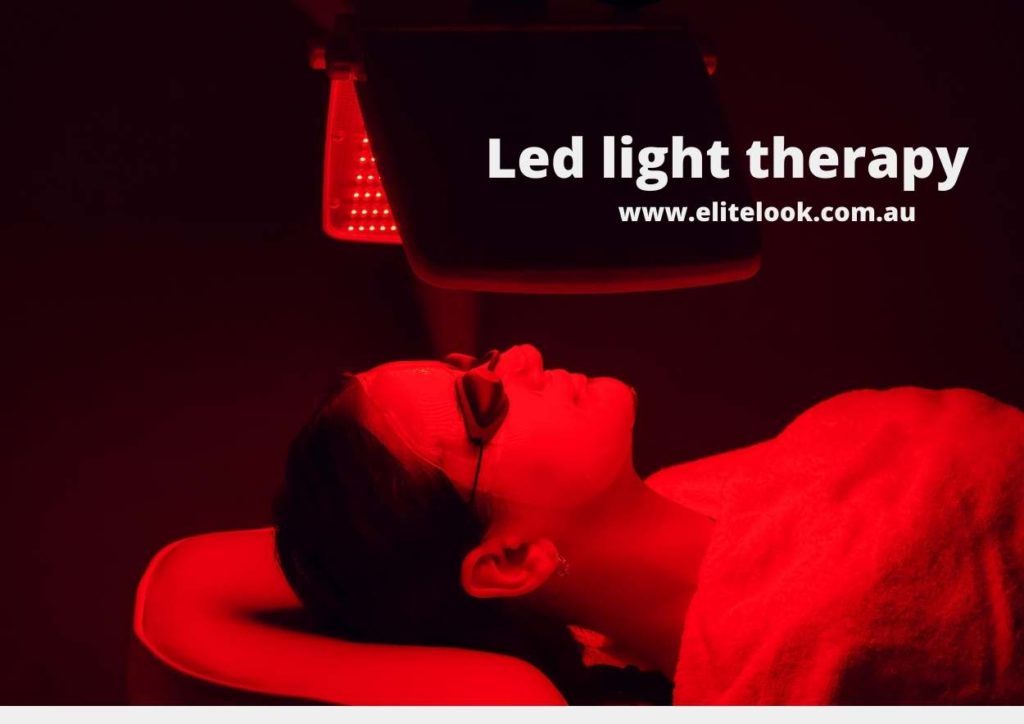
LED light therapy has an exceptional safety profile with no adverse side effects when administered properly with approved devices. The low-density light cannot damage healthy tissue, unlike higher intensity lasers used for cutting or ablation. Minimal energy is emitted as harmless visible red or near-infrared light.
Photobiomodulation therapy with LEDs does not utilize UV wavelengths, which eliminates potential skin damage or cancer risks. It is completely non-invasive and painless.
There are also no interactions or contraindications for patients on medications, undergoing chemotherapy, or with implants. The only exceptions would be light-sensitive individuals or those advised by an ophthalmologist to avoid bright light due to an existing eye condition. Otherwise, LED therapy is appropriate for all ages and patient populations.
LED light therapy equipment requires regulatory clearances from the FDA and TGA to ensure products meet safety and performance standards. Supportive associations like the Association for Photobiomodulation Therapy (APTM) also establish guidance for treatment parameters and best clinical practices. Following these guidelines provides an added layer of safety.
This combination of exceptional safety plus clinical effectiveness makes LED light therapy an excellent non-pharmacological treatment option prior to or alongside medications, surgery or other necessary interventions.
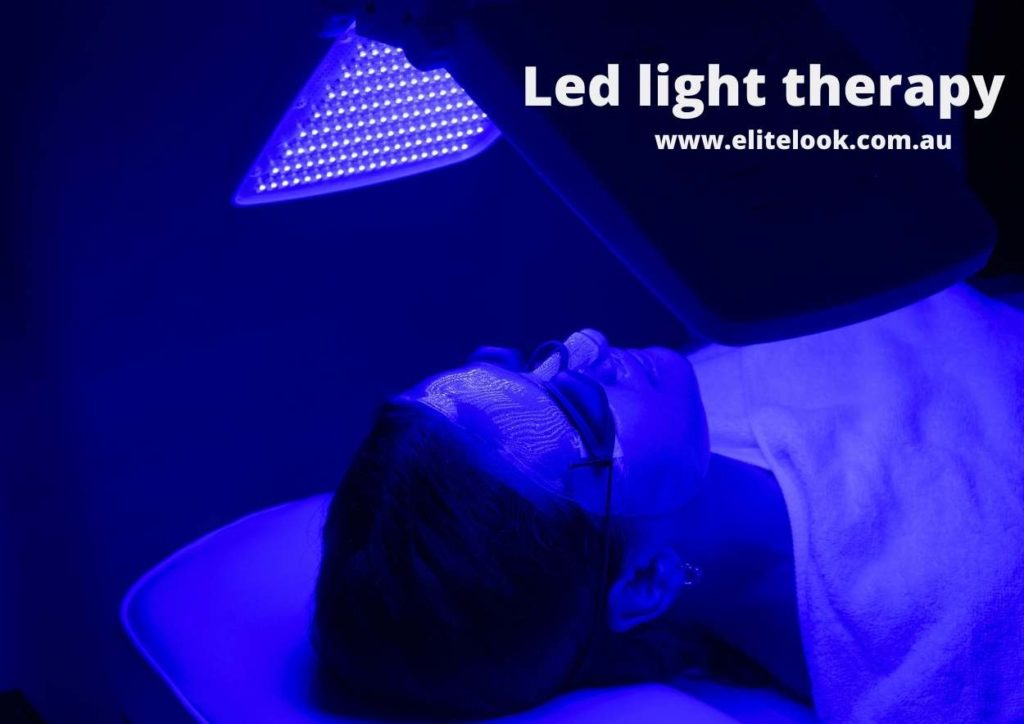
LED light therapy sessions provide a relaxing and rejuvenating treatment experience. There is no painful stimulation or discomfort during sessions. Patients remain fully clothed as they sit or lie comfortably underneath specialized LED panels or cluster heads.
Board-certified technicians position the LED device directly over the area being treated from approximately 1⁄2 inch away. Eye protection is provided as needed. The panel or diodes bathe the treatment area with therapeutic wavelengths of visible red or near-infrared light for a set length of time, typically between 10-30 minutes depending on:
As photons enter the tissue, patients often perceive gentle warming sensations as cellular metabolism heightens. The density of photons flooding the treated area also leads to perceivable tingling in some cases. These mild sensory experiences are normal and even described as soothing by most patients.
After the pre-determined treatment time concludes, LED devices are switched off and removed. No recovery or downtime is required, allowing patients to immediately resume normal daily activities. Treatments are also completely additive, with no side effects or interference with medications or other therapies.
Providers tailor LED light therapy treatment plans on a case-by-case basis depending on the:
That said, clinical evidence supports the following general LED light therapy guidelines in Perth and elsewhere:
Energy dosage is carefully controlled since too little light energy produces negligible effects, while excessive density on one exposure risks inhibiting ATP production. (This effect reverses after 24-48 hours).
Research confirms consistent application of these general protocols allows LED light therapy to stimulate regeneration, provide lasting pain relief, and restore function.
You can claim a 50% discount for LED light therapy as an add-on to eligible treatments:
Cosmetic Tattoo
Lip Tattoo
Eyebrow Tattoo
Eyeliner Tattoo
SMP Scalp micropigmentation
Body Tattoo (except really small tattoo)

LED light therapy uses led light treatment from specific wavelengths of light to provide various benefits. Some common names for this treatment are therapeutic light therapy, led light therapy treatment, and photobiomodulation.
LED light therapy works by having light-emitting diodes shine particular wavelengths of light onto your skin. These wavelengths interact with cells to improve functions and treat issues.
Some research-backed benefits of LED light therapy are:
Yes, LED light therapy is very safe. The FDA has approved many LED devices as safe and effective. Make sure to use reputable devices as directed. Let your doctor know if you have any medical conditions before starting treatment.
LED light therapy is suitable for most people. Good candidates are those wanting anti-aging benefits, help with skin conditions, pain relief, or boosted energy. Talk to your provider to see if LED treatment will meet your wellness goals.
Common treatment areas are the face, neck, chest, arms, hands and legs. LED therapy can also be used to treat the scalp or wounds anywhere on the body.
For best results, aim for LED sessions 2-3 times per week. Your provider will recommend a customized regimen based on your objectives. Ongoing maintenance 1-2 times monthly can sustain improvements.
You may notice subtle effects after the first 1-2 treatments, like brighter skin. More noticeable anti-aging benefits emerge after about 4 weeks. Max improvements are seen after 3 months of consistent sessions.
LED therapy has very few risks. Mild redness or heat sensation can happen but fades shortly after. More serious side effects are very rare if reputable parameters and devices are used.
Yes, at-home LED masks provide an affordable and convenient option. However, in-office systems tend to be more powerful and customized during supervised sessions. Discuss pros and cons of both with your provider.
Key features that indicate an effective and safe LED device are:
Costs vary widely, but common ranges are:
Bundled packages typically provide the best value over time.
You can read more on Wikipedia website.
Therapeutic light therapy, also known as phototherapy, involves exposing a person to artificial light for health purposes. Research shows that light therapy can effectively treat various conditions, primarily those related to mental health, sleep, skin disorders, and pain relief.
As we explore below, specific wavelengths and doses of light can trigger positive biological and psychological responses. Modern LED light therapy devices allow people to conveniently experience these benefits at home.
Light therapy works by using LEDs (light emitting diodes) to emit light at specific wavelengths and intensities that interact with cells in our brains and bodies.
For example, bright light helps suppress the sleep hormone melatonin and boosts serotonin and cortisol levels that lift mood and energy. Red and near-infrared light penetrates tissue to stimulate healing, while blue light kills acne bacteria.
Light therapy exhibits therapeutic effects through three key mechanisms:
We explore the research behind these mechanisms and their health implications below.
Exposure to bright white light is an effective, non-drug treatment for various sleep and mental health issues.
Light therapy boxes providing up to 10,000 lux brightness are often used in clinical settings for:
Analysis of over 60 research studies found bright light therapy significantly improved symptoms of non-seasonal depression. This table summarizes the results:
| Improved Depression Symptoms | |
|---|---|
| Light Therapy | 58% |
| Placebo | 22% |
For mild depression and sleep disorders, even just 30 minutes daily use of a light box upon waking can make a difference. The light emitted at dawn wavelengths energizes the body and mind.
Portable light therapy visors like Luminette are also clinically proven to successfully treat seasonal affective disorder.

Special wake up lights provide more pleasant and natural way to start the morning compared to jarring alarm clocks.
Dawn simulating alarm clocks slowly increase in brightness over 30+ minutes before your scheduled wake up time. This process eases the transition from sleep more gently.
Brands like Philips and Lumie offer customized sunrise alarms configurable by light color, brightness and duration.
Red light and near-infrared wavelengths deeply penetrate skin and muscles to promote healing:
Red light pads and pain relief devices are commonly used to treat arthritis, injuries, wounds and skin conditions. Even NASA uses red light therapy to heal astronaut wounds in space!
Clinical trials confirm red LEDs substantially improve conditions like knee osteoarthritis. And 90% of patients had reduced neck pain after five weeks of red/infrared treatment.
So while more research is still needed, current evidence confirms therapeutic benefits.
There are now affordable at-home red light therapy devices to benefit from these treatments. Flexible full body infrared mats provide easy pain relief almost anywhere:
Smaller handheld or stand devices with focused red and infrared LEDs are also convenient for spot treating specific areas. Prices range from $300 to $1000+ based on size, wavelengths and overall power.
High end options like Bio Light Relief X3 combine multiple LED colors with heating pads for the ultimate in muscle and joint treatment.
Blue and red LED wavelengths combat two common skin issues – acne and signs of aging:
Clinical trials confirm blue light therapy successfully controls mild to moderate acne. Blue wavelengths penetrate pores to safely kill bacteria without drying the skin like aggressive face washes.
Research also verifies that red light therapy rejuvenates skin cells to reduce wrinkles, fine lines and blemishes associated with aging. In one NASA test, LED treatment increased skin thickness and moisture better than anti-aging creams.
Many new FDA cleared over-the-counter light therapy products treat acne.
Treatment times range from 5 to 20 minutes daily. And studies indicate at least 4-8 weeks are needed before optical wavelengths can fully control acne by shrinking oil glands and killing bacteria.
Modern LED devices now provide therapeutic wavelengths once only available at doctors offices for convenient use at home.
While more research is still emerging, current medical evidence clearly confirms light therapy can effectively treat various conditions:
So there are certainly worthwhile health and wellness benefits of bringing light therapy LED devices into your daily lifestyle. Everyone’s physiology is unique but the research indicates most people will notice tangible improvements from incorporating therapeutic lighting.
Hopefully this breakdown gives you motivation to implement morning light therapy rituals with dawn simulating alarms or light boxes and experiment with red light pain relief devices.

LED light therapy targets hair follicles to stimulate growth cycles, preventing hair loss and encouraging regrowth for conditions like:
Research also demonstrates positive outcomes using LED light therapy for:
Because it works at the cellular level, almost any condition related to inflammation, healing, or circulation insufficiencies can benefit from LED light therapy.
LED light therapy has an exceptional safety profile with no adverse side effects when administered properly with approved devices. The low-density light cannot damage healthy tissue, unlike higher intensity lasers used for cutting or ablation. Minimal energy is emitted as harmless visible red or near-infrared light.
Photobiomodulation therapy with LEDs does not utilize UV wavelengths, which eliminates potential skin damage or cancer risks. It is completely non-invasive and painless.
There are also no interactions or contraindications for patients on medications, undergoing chemotherapy, or with implants. The only exceptions would be light-sensitive individuals or those advised by an ophthalmologist to avoid bright light due to an existing eye condition. Otherwise, LED therapy is appropriate for all ages and patient populations.
LED light therapy equipment requires regulatory clearances from the FDA and TGA to ensure products meet safety and performance standards. Supportive associations like the Association for Photobiomodulation Therapy (APTM) also establish guidance for treatment parameters and best clinical practices. Following these guidelines provides an added layer of safety.
This combination of exceptional safety plus clinical effectiveness makes LED light therapy an excellent non-pharmacological treatment option prior to or alongside medications, surgery or other necessary interventions.

LED light therapy sessions provide a relaxing and rejuvenating treatment experience. There is no painful stimulation or discomfort during sessions. Patients remain fully clothed as they sit or lie comfortably underneath specialized LED panels or cluster heads.
Board-certified technicians position the LED device directly over the area being treated from approximately 1⁄2 inch away. Eye protection is provided as needed. The panel or diodes bathe the treatment area with therapeutic wavelengths of visible red or near-infrared light for a set length of time, typically between 10-30 minutes depending on:
As photons enter the tissue, patients often perceive gentle warming sensations as cellular metabolism heightens. The density of photons flooding the treated area also leads to perceivable tingling in some cases. These mild sensory experiences are normal and even described as soothing by most patients.
After the pre-determined treatment time concludes, LED devices are switched off and removed. No recovery or downtime is required, allowing patients to immediately resume normal daily activities. Treatments are also completely additive, with no side effects or interference with medications or other therapies.
Providers tailor LED light therapy treatment plans on a case-by-case basis depending on the:
That said, clinical evidence supports the following general LED light therapy guidelines in Perth and elsewhere:
Energy dosage is carefully controlled since too little light energy produces negligible effects, while excessive density on one exposure risks inhibiting ATP production. (This effect reverses after 24-48 hours).
Research confirms consistent application of these general protocols allows LED light therapy to stimulate regeneration, provide lasting pain relief, and restore function.

Elite Look cosmetic tattoos in Perth. Elena is a cosmetic specialist and tattooist and in Perth who specialises in the art of creating beautifully natural tattooed lips, brows and eyeliner. Her focus is always on offering clients the best and natural-looking solutions and provide the top quality services to satisfy their lifestyle needs, and physical challenges.
About